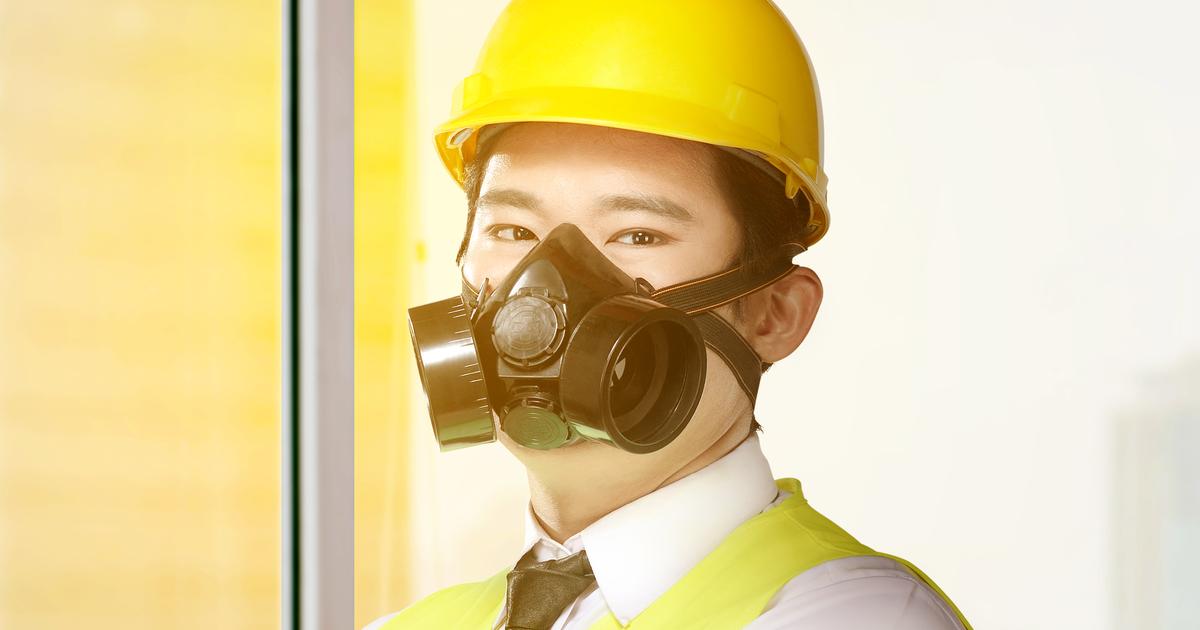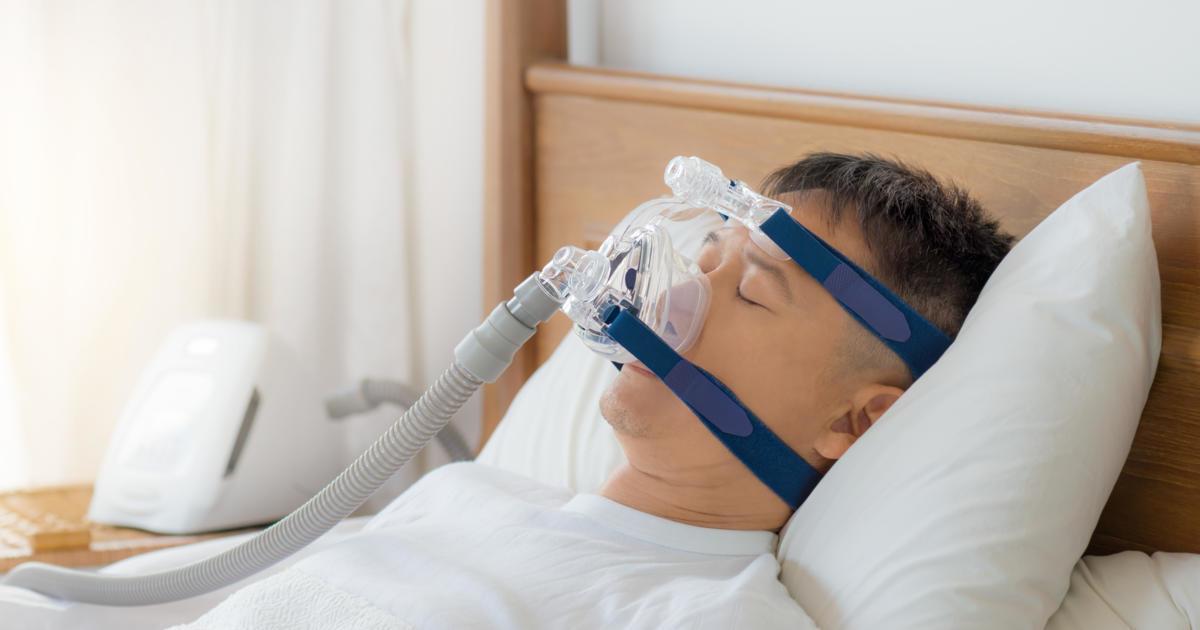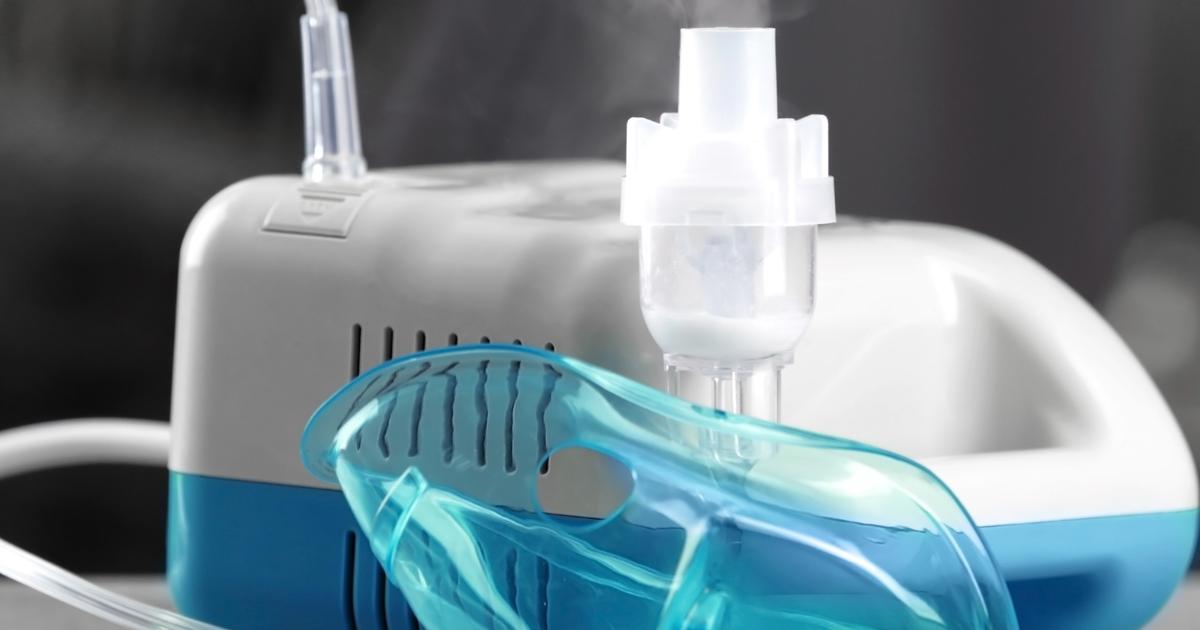Guide To Treating And Preventing Asbestosis
Asbestosis is a chronic disease where an individual's lungs become damaged and scarred, usually as a result of asbestos exposure. This disease often occurs in individuals who work in a range of occupations involving the handling of asbestos-containing materials in industrial facilities, construction sites, and ships. Typically, it takes several years of regular exposure to asbestos to result in the development of asbestosis or other asbestos-related illness. The repeated inflammation caused by inhalation of asbestos causes scar tissue to develop throughout the microscopic air sacs in the lungs.
The air sacs to lose their ability to expand and fill up when the affected individual inhales fresh air as a result of scarring. Common symptoms of asbestosis include persistent dry cough, fatigue, crackling noises when breathing, breathlessness, chest pain, weight loss, chest tightness, and appetite loss. Asbestosis is an irreversible but preventable chronic disease. Aside from lung transplantation, asbestosis treatment options are palliative in nature.
Wearing Safety Masks And Appropriate Equipment

The risk of developing asbestosis can be reduced considerably, or it can be prevented altogether by wearing safety masks and appropriate equipment when working with or around asbestos-containing materials. While lawmakers have enacted several policies to eliminate the use of asbestos in manufacturing, not all occupations can entirely eliminate exposure to it because of its extensive presence in old buildings and structures. Such individuals should wear personal protective equipment (PPE) that can protect them from asbestos.
Respiratory protective equipment (RPE) should be utilized at all times when an individual enters any environment with the presence or suspected presence of asbestos. RPE ensures any asbestos particles will not be inhaled through an individual's mouth and nose. Another form of PPE individuals should wear around this substance is specially made disposable overalls to keep them from carrying fibers of asbestos from their worksite. Non-laced protective footwear and disposable boot covers should also be utilized to prevent the migration of asbestos fibers. When an individual is unable to avoid contact with the substance entirely, the use of PPE is the best way to prevent asbestosis and other asbestos-related illnesses.
Supplemental Oxygen

Treatment for asbestosis may include the use of supplemental oxygen to fulfill a patient's need for more oxygen than what is in the air. Extra oxygen may be needed when the heart or lungs do not have a normal capacity to support all of an individual's vital bodily functions. Individuals who are affected by asbestosis may have extensive damage and scarring in their lungs that reduce the quantity of functioning air sacs responsible for filling with air and infusing oxygen into the passing blood. Because of this compromise in lung function, not enough oxygen reaches the blood and other tissues around the patient's body.
Because the air is only twenty-one percent oxygen, the concentration of oxygen in the air an affected individual inhales can be increased with specialized medical equipment. This equipment allows for better blood oxygenation in the lungs. Asbestosis patients may only need supplemental oxygen during physical activity and while sleeping, or they may need it around the clock. Supplemental oxygen can be delivered through the use of a portable oxygen tank, oxygen concentrator, or in a medical facility with a high-pressure oxygen system.
Lung Transplant

In order to treat a patient's asbestosis, a lung transplant may be needed when other methods of treatment are ineffective or unable to be tolerated. Depending on the progression and severity of asbestosis, a patient may have a transplant done for both or just one of their lungs. A lung transplant involves the removal of the asbestos diseased lung or lungs, and then replacement with a healthy functioning lung from a deceased donor. Fibrosis or scarring of the lung tissue is irreversible and characteristic in asbestosis patients.
A lung transplant is necessary when the fibrosis progresses to a life-threatening degree and supplemental oxygen therapy, nebulized medications, and respiratory physiotherapy no longer sufficiently sustain lung functionality. Lung transplantation is considered a highly invasive and risky surgical procedure. Due to the general shortage of healthy donor lungs available for transplantation, patients are required to have pervasive eligibility screening done to determine the likelihood of the procedure being successful.
Respiratory Physiotherapy

Respiratory physiotherapy is a common component of asbestosis treatment because it helps teach the patient how to cope with the effects of their permanent lung damage on everyday tasks and activities. An affected individual can decrease the severity and frequency of breathlessness and improve their breathing efficiency through methods of physical manipulation and exercises they learn about in respiratory physiotherapy. The individual can receive education about healthy practices and habits to help them live with asbestosis precipitated difficulties.
Should an individual with asbestosis require the use of medical equipment such as an oxygen concentrator, portable oxygen tank, nebulizer, cough assist device, PEP mask, or CPAP machine, a respiratory physiotherapist can teach them how to use and adequately care for such equipment correctly. The goal of respiratory physiotherapy is to help maintain and manage an affected individual's independence and everyday function as best as possible.
Nebulized Medications

An effective option for ongoing treatment of asbestosis and related complications is the use of nebulized medications on a regular basis. A nebulizer is a medical device that alters liquid medications into a very fine mist or aerosol form for delivery to a patient's lungs through inhalation with a mask or mouthpiece. A nebulizer typically plugs into an electrical outlet and has a tubed mask that stems out of a compressed air machine. There is usually a cup in the mask where the nebulized medication is placed with a dropper.
When the nebulizer is powered on, the mask will emit a fine mist until all of the medication has been evaporated. The length of a nebulizer medication treatment varies, but it is usually between five and fifteen minutes. The medicines used in this type of therapy for asbestosis are meant to help an affected individual cough up any bronchial secretions that may be causing discomfort or blocking their airways. Nebulized medications may also help relieve chest pain and reduce the incidence of breathlessness in affected individuals.
